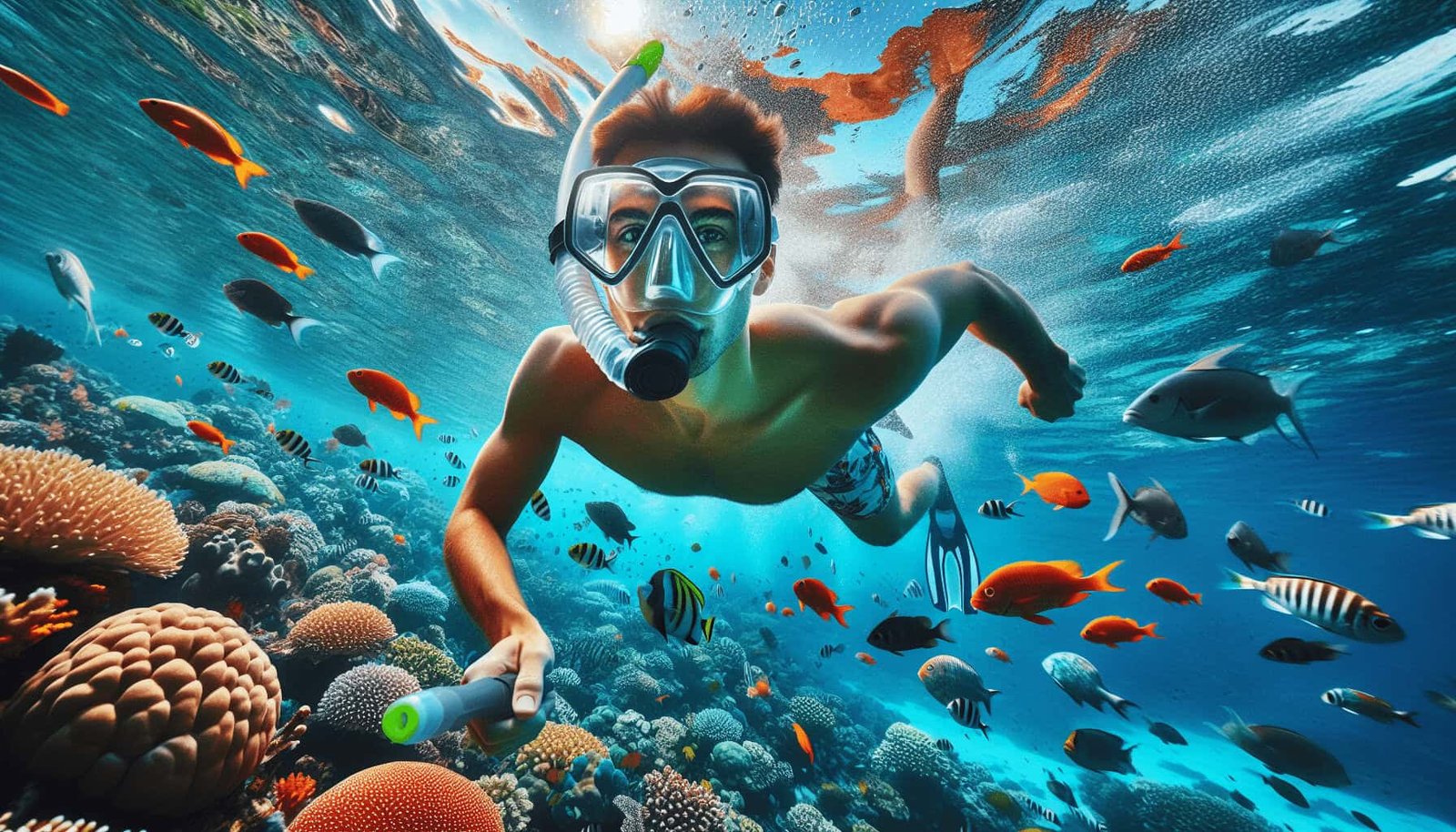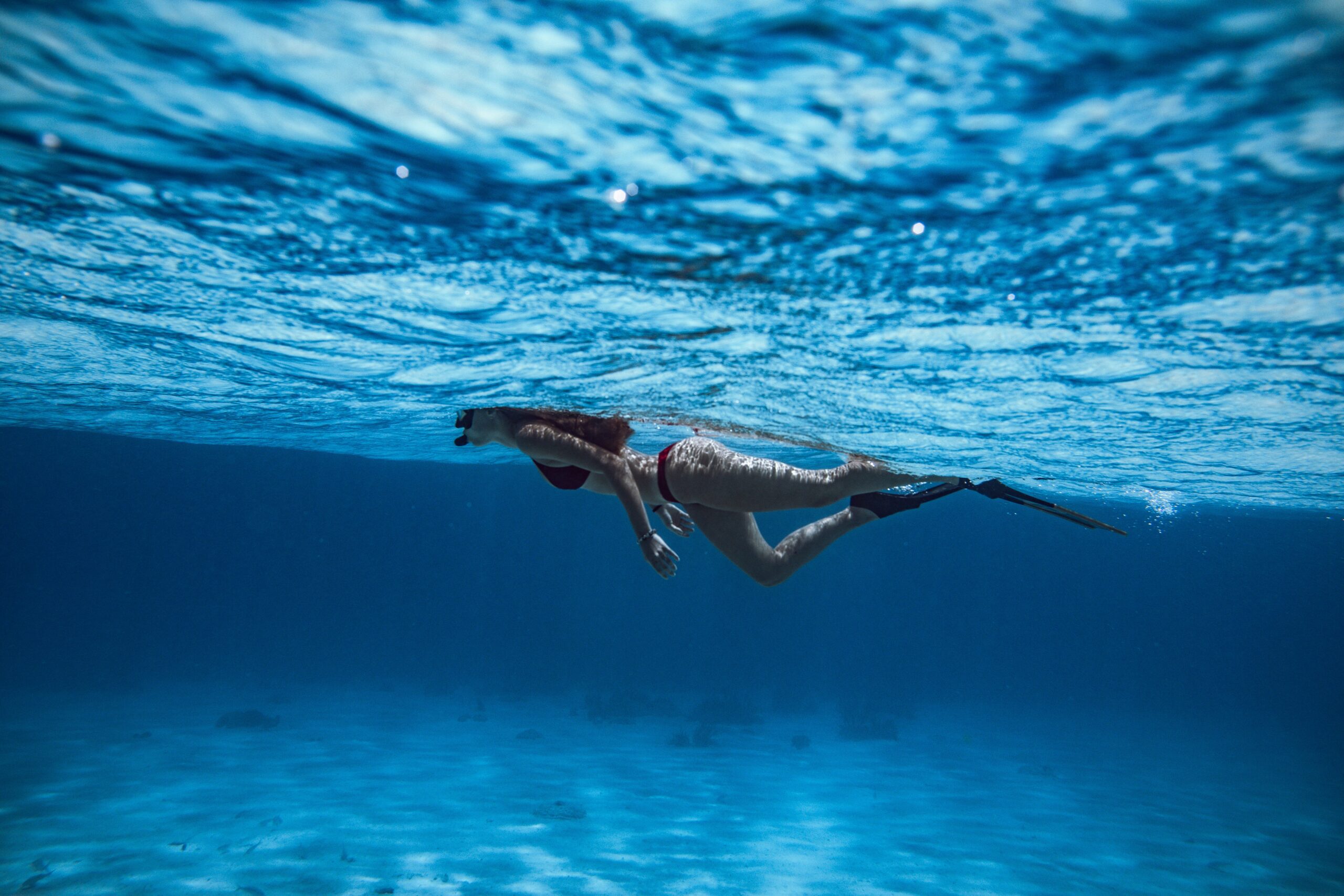When it comes to exploring the vibrant underwater world near the coast, guided snorkeling tours offer a safe and exhilarating way to immerse yourself in marine life. You’ll find various options tailored to different preferences, from group excursions led by seasoned marine biologists to private tours that offer a more personalized experience. Some tours include high-quality gear rentals and brief instructional sessions, making them accessible for beginners, while other options cater to seasoned snorkelers with advanced routes and longer durations. Whether you’re eager to see colorful coral reefs, playful dolphins, or schools of tropical fish, there’s a guided snorkeling tour perfect for your adventure, ensuring you make the most of your underwater exploration. Have you ever wondered what the options for guided snorkeling tours to explore marine life near the coast are? Snorkeling tours offer an exhilarating way to discover the hidden underwater realms teeming with vibrant marine life. Whether you are a seasoned snorkeler or a complete novice, there are various options designed to meet your needs and interests.
What Makes Guided Snorkeling Tours Special?
Choosing a guided snorkeling tour over a solo adventure has numerous benefits. From the expertise of trained guides to the convenience of pre-arranged equipment and transportation, these tours can enrich your overall experience. Guided tours provide safety, detailed knowledge about marine ecosystems, and often, exclusive access to prime snorkeling spots.
Types of Guided Snorkeling Tours
Guided snorkeling tours come in different formats and can cater to varying interests and experience levels. Here are some types to consider:
1. Group Snorkeling Tours
These tours are generally budget-friendly and offer a communal experience. Ideal for social butterflies, group tours can also provide an opportunity to meet like-minded adventurers.
2. Private Snorkeling Tours
If you prefer a more intimate setting, private tours are a fantastic option. These tours often provide personalized itineraries and the undivided attention of your guide.
3. Family-Friendly Tours
Family-friendly tours are tailored to be suitable for children and older adults, offering an easy-paced itinerary. They may also include additional activities to keep everyone entertained.
4. Eco-Tours
Eco-tours focus on conservation and education about marine life and habitats. These tours can offer valuable insights into sustainability and ways to protect marine environments.
5. Adventure Snorkeling Tours
For the thrill-seekers, adventure snorkeling tours may include added elements like swimming with sharks, exploring underwater caves, or free diving.
Popular Destinations for Guided Snorkeling Tours
Mediterranean Coast
Snorkeling along the Mediterranean coast offers the chance to explore diverse marine life, ancient shipwrecks, and beautiful coral reefs.
Destinations to Consider:
- Greece (Santorini, Mykonos)
- Italy (Sardinia, Sicily)
- Spain (Costa Brava, Balearic Islands)
| Destination | Key Attractions | Best Time to Visit |
|---|---|---|
| Santorini, Greece | Volcanic rock formations, clear waters | May-September |
| Sardinia, Italy | Seagrass meadows, Mediterranean fish | June-September |
| Costa Brava, Spain | Underwater caves, diverse fauna | June-September |
Caribbean Islands
The Caribbean is famed for its translucent waters and colorful coral reefs, making it a snorkeler’s paradise.
Destinations to Consider:
- Belize (Ambergris Caye)
- Bahamas (Exuma Cays)
- Barbados (Carlisle Bay)
| Destination | Key Attractions | Best Time to Visit |
|---|---|---|
| Ambergris Caye, Belize | Barrier reefs, nurse sharks | December-April |
| Exuma Cays, Bahamas | Pig Beach, coral reefs | November-April |
| Carlisle Bay, Barbados | Shipwrecks, marine parks | December-April |
Southeast Asia
Home to some of the world’s most biodiverse marine life, Southeast Asia offers an array of snorkeling opportunities.
Destinations to Consider:
- Thailand (Phi Phi Islands)
- Indonesia (Raja Ampat)
- Philippines (Coron Island)
| Destination | Key Attractions | Best Time to Visit |
|---|---|---|
| Phi Phi Islands, Thailand | Limestone cliffs, migratory fish | November-April |
| Raja Ampat, Indonesia | Coral gardens, manta rays | October-April |
| Coron Island, Philippines | World War II shipwrecks | November-May |
Australia
Australia’s coastlines, particularly the Great Barrier Reef, draw snorkelers from around the world looking to experience its stunning biodiversity.
Destinations to Consider:
- Great Barrier Reef
- Ningaloo Reef
- Lord Howe Island
| Destination | Key Attractions | Best Time to Visit |
|---|---|---|
| Great Barrier Reef | Coral reefs, sea turtles | June-October |
| Ningaloo Reef | Whale sharks, coral structures | March-August |
| Lord Howe Island | Bluefish, coral gardens | September-May |
When to Go Snorkeling?
Timing is crucial for a successful snorkeling experience. Weather conditions, water temperature, and marine life activity can vary significantly based on the season.
Weather Conditions
Optimal weather is typically dry with minimal wind to ensure calm waters and the best visibility.
Marine Life Activity
Certain marine species are more active or abundant during specific times of the year. For instance, whale shark migrations in Ningaloo Reef usually occur between March and August.
Water Temperature
While tropical destinations may offer warm waters year-round, it’s best to plan your trip around warmer months for colder climates.

Essential Gear for Snorkeling
While many guided tours provide necessary gear, understanding what you need can enhance your experience.
Mask and Snorkel
A well-fitting mask and a quality snorkel are fundamental. Look for features like anti-fog lenses and a purge valve for easier breathing.
Fins
Proper fins can improve your efficiency in the water. Consider the fit, length, and flexibility based on your swimming skills.
Wetsuit or Rash Guard
Depending on the water temperature, you may need a wetsuit or a rash guard to protect against cold and sun exposure.
Additional Gear
- Underwater Camera: Capture your underwater adventures.
- Reef-Safe Sunscreen: Protect both your skin and the marine environment.
- Flotation Device: Useful for beginners or those who need extra buoyancy.
Safety Tips for Snorkeling
While snorkeling is generally safe, adhering to safety guidelines ensures a pleasant experience.
Follow Your Guide’s Instructions
Guides are knowledgeable about local conditions and marine life. Always follow their guidance for a safe and educational experience.
Keep a Buddy System
Snorkeling with a partner can enhance safety and share the experience. Many tours encourage a buddy system.
Be Aware of Marine Life
While encountering marine creatures is thrilling, it’s essential to maintain a respectful distance to avoid harm to both you and the animals.
Training and Preparation
If you’re new to snorkeling or want to brush up on your skills, several preparatory steps can be beneficial.
Snorkeling Classes
Many coastal destinations offer snorkeling classes for beginners. These classes cover essential skills such as breathing techniques, equipment use, and safety measures.
Practice in a Pool
Before heading to the ocean, practice in a controlled environment like a pool to get comfortable with the gear and techniques.
Booking Your Tour
Once you’ve chosen your destination and tour type, the next step is booking. Here’s what to keep in mind:
Research Tour Operators
Look for reputable tour operators with excellent reviews and industry certifications. Websites, travel blogs, and social media can be useful resources.
Compare Prices and Inclusions
Different tours may offer various inclusions such as transportation, meals, and gear rental. Comparing these can help you get the best value.
Review Cancellation Policies
Ensure you understand the tour’s cancellation policy, especially in case of unexpected weather changes or personal emergencies.

Contributing to Marine Conservation
Participating in a guided tour can be a way to support marine conservation. Many tours partner with conservation efforts, and your participation helps fund these initiatives.
Sustainable Practices
Opt for tours that prioritize sustainability, such as using electric boats, minimizing waste, and educating participants on respecting marine environments.
Take Only Memories, Leave Only Footprints
Adhere to the adage of not disturbing natural habitats. Refrain from collecting shells or corals and dispose of waste properly.
Conclusion
Guided snorkeling tours offer an accessible and enjoyable way to explore the rich and vibrant marine life near coastlines around the world. By choosing the right tour type, destination, and season, and being adequately prepared with equipment and safety knowledge, you can significantly enhance your snorkeling experience. Whether you’re looking to bond with nature, capture stunning underwater photos, or contribute to marine conservation, these tours provide plenty of avenues to immerse yourself in the fascinating underwater world.
Would you like to dive into this mesmerizing adventure? 🌊


